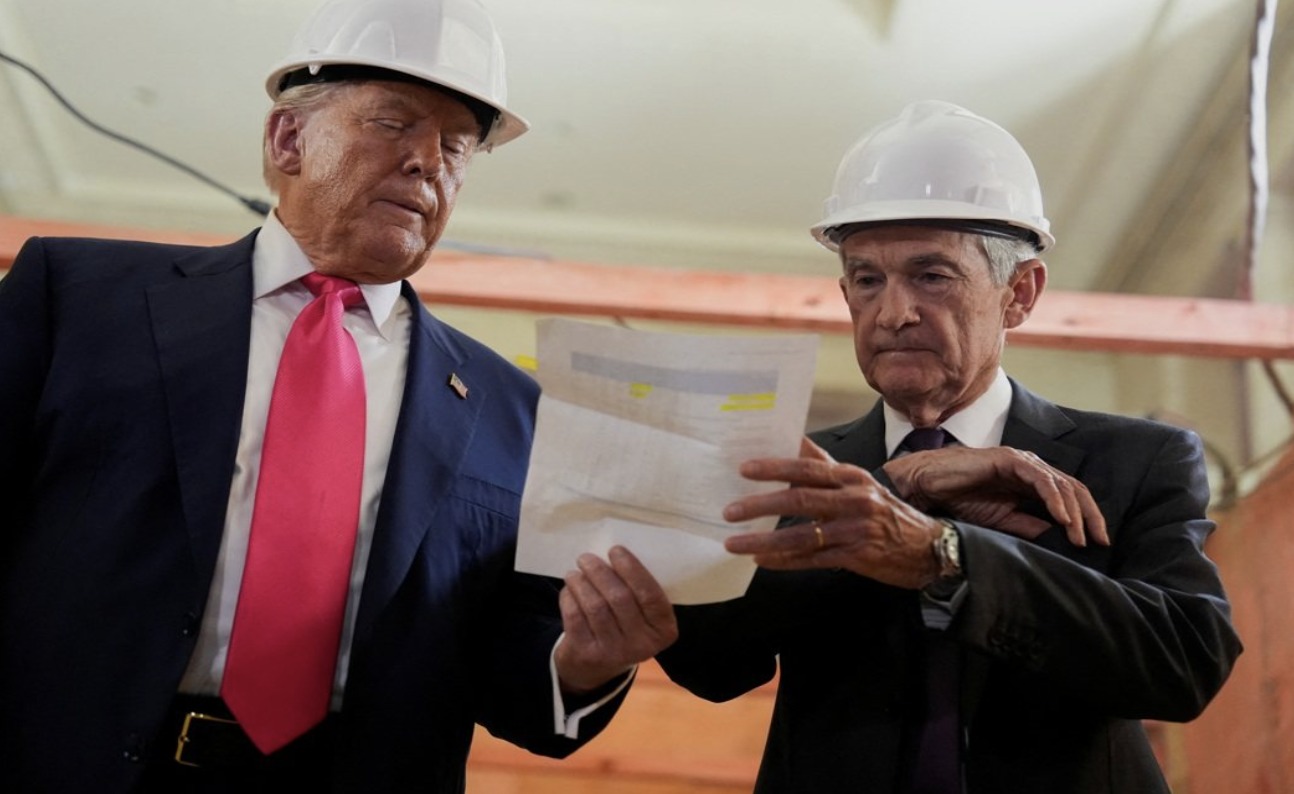Trump Misinterprets Powell’s “Strong Economy” Remark as a Rate Cut Signal?
TradingKey - According to recent reports, Federal Reserve Chair Jerome Powell has made clear that, despite mounting pressure from President Trump and his allies, he has no intention of resigning during his term.
Powell emphasized that stepping down during the sensitive period leading up to an election would undermine the Federal Reserve’s independence.
Lawmakers from both parties have urged Powell to remain in office. Republican Senator Mike Rounds stated that Powell believes his “responsibility is to uphold that independence.”
Congressional advisors have indicated that the possibility of Trump firing Powell has now been ruled out, citing concerns that such a move could trigger significant turmoil in financial markets.
On July 24, Trump visited the Federal Reserve’s headquarters renovation site, where he held a conversation with Powell. Trump later claimed that Powell told him the U.S. economy is “very strong” — and interpreted that comment as an implicit suggestion to cut interest rates.

President Trump (left) inspects the Federal Reserve renovation project, accompanied by Fed Chair Jerome Powell (right), source: Reuters
However, the Fed under Powell typically makes rate decisions based on data outcomes. In a strong economic environment, the central bank is theoretically more inclined to keep rates steady — not lower them.
Meanwhile, Trump’s lighthearted tone during the visit helped downplay the ongoing dispute over the Fed’s renovation costs, signaling that the relationship between the two may not be irreparably broken. This could help stabilize market expectations around policy continuity.
Still, persistent calls from Trump for rate cuts continue to inject uncertainty into market expectations regarding the future path of interest rates.



